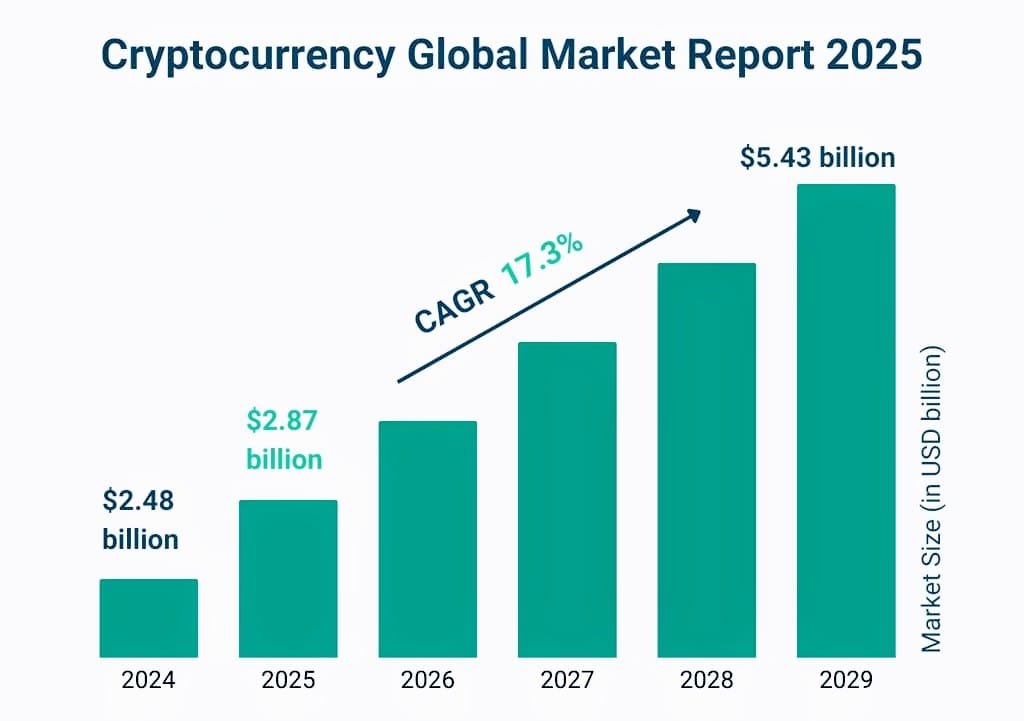Cryptocurrency Adopting Analysis
Introduction Of Cryptocurrency Adoption:
Cryptocurrency has expanded from a modest technology experiment to a worldwide financial behemoth. Digital currencies like Bitcoin, Ethereum, and stablecoins have been increasingly popular over the last ten years, changing economies, sectors, and personal financial habits. The motivations, obstacles, and potential developments of cryptocurrency adoption are examined in this Cryptocurrency Adopting Analysis which provides useful information for investors, companies, and legislators.
We’ll examine the regulatory role, the socioeconomic ramifications of this digital revolution, and how governments, businesses, and individuals are adopting cryptocurrencies. Let’s examine the information, patterns, and projections influencing the direction of money.

Why Cryptocurrency Adoption Matters:
Cryptocurrency adoption is not just about trading digital assets.it’s about redefining trust, transparency, and accessibility in financial systems. A Cryptocurrency Adopting Analysis reveals three core reasons why adoption is accelerating:
1) Decentralization:
Eliminating intermediaries like banks reduces costs and delays.
2) Financial Inclusion:
Over 1.4 billion unbanked adults can now access global markets.
3) Inflation Hedge:
Cryptocurrencies like Bitcoin are seen as “digital gold” during economic uncertainty.
The Current State of Cryptocurrency Adoption:

Global Adoption Metrics:
According to Chainalysis’ 2023 Global Crypto Adoption Index, emerging economies like Vietnam, India, and Nigeria lead in grassroots adoption. Meanwhile, institutional adoption in the U.S., Europe, and Asia is driven by ETFs, custody solutions, and blockchain integrations.
Key statistics from this Cryptocurrency Adopting Analysis:
- Over 420 million crypto users worldwide (2023).
- 23% of U.S. adults own cryptocurrency.
- Institutional crypto investments surpassed $50 billion in Q1 2024.
Factors of Cryptocurrency Adoption Analysis:
1) Technological Advancements:
Crypto is now more feasible for everyday usage because to Layer-2 solutions (like Lightning Network) and blockchain updates (like Ethereum’s switch to Proof-of-Stake), which have increased scalability and decreased costs.
2) Regulatory Clarity:
Governments are increasingly defining frameworks for crypto assets. The EU’s MiCA regulation and Japan’s Payment Services Act exemplify efforts to balance innovation with consumer protection.
3) Corporate Integration:
Major companies like Tesla, PayPal, and Visa now accept or support cryptocurrencies, normalizing their use.
4) Inflation and Currency Devaluation:
In countries like Turkey and Argentina, citizens turn to stablecoins like USDT to preserve savings.

Challenges in Cryptocurrency Adoption:
Despite progress, this Cryptocurrency Adopting Analysis identifies significant hurdles:
1) Regulatory Uncertainty:
Hostile policies in China and Nigeria have stifled growth, while the U.S. struggles with fragmented state-vs-federal rules.
2) Security Risks:
Hacks, scams, and wallet vulnerabilities erode trust. Over $4 billion was lost to crypto crimes in 2023.
3) Environmental Concerns:
Proof-of-Work blockchains like Bitcoin face backlash for high energy consumption.
4) Volatility:
Price swings deter everyday use as a payment method.
The Role of Stablecoins in Adoption:
Stablecoins pegged to fiat currencies (e.g., USDC, USDT) bridge the gap between traditional finance and crypto. Their stability makes them ideal for:
- Cross-border payments.
- Hedging against volatility.
- Decentralized finance (DeFi) lending.
This Cryptocurrency Adopting Analysis predicts stablecoins will account for 60% of crypto transactions by 2025.
The Future of Cryptocurrency Adoption: 2025–2030 Predictions ?
This Cryptocurrency Adopting Analysis forecasts:
- CBDCs (Central Bank Digital Currencies): 90% of central banks will pilot digital currencies by 2027.
- DeFi Growth: Lending, staking, and yield farming will attract 500 million users.
- AI Integration: Smart contracts will automate compliance and trading.
How to Prepare for the Crypto Adoption Wave:
- Individuals: Diversify portfolios with Bitcoin and Ethereum.
- Businesses: Accept crypto payments via BitPay or Coinbase Commerce.
- Governments: Develop balanced regulations to foster innovation.
Conclusion:
This Cryptocurrency Adopting Analysis underscores that digital assets are here to stay. While challenges like regulation and volatility persist, the benefits—financial inclusion, efficiency, and decentralization—are too significant to ignore.
Stakeholders must work together to create safe, scalable, and just systems as adoption picks up speed. To succeed in the Web3 age, it is essential for investors, entrepreneurs, and legislators to comprehend this change.
